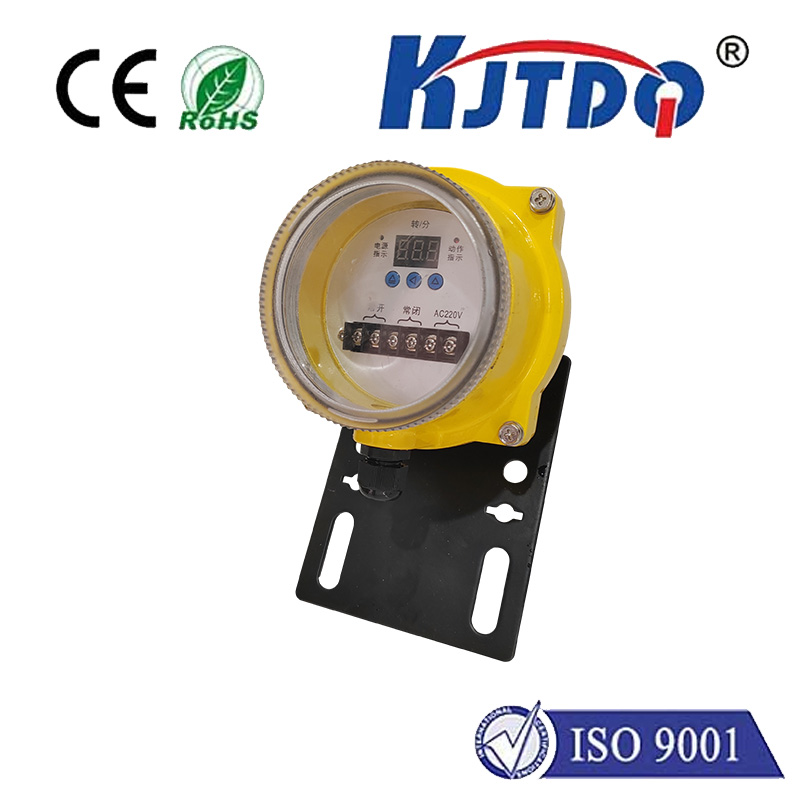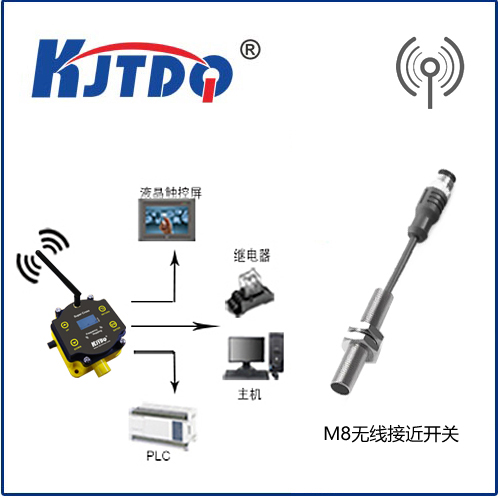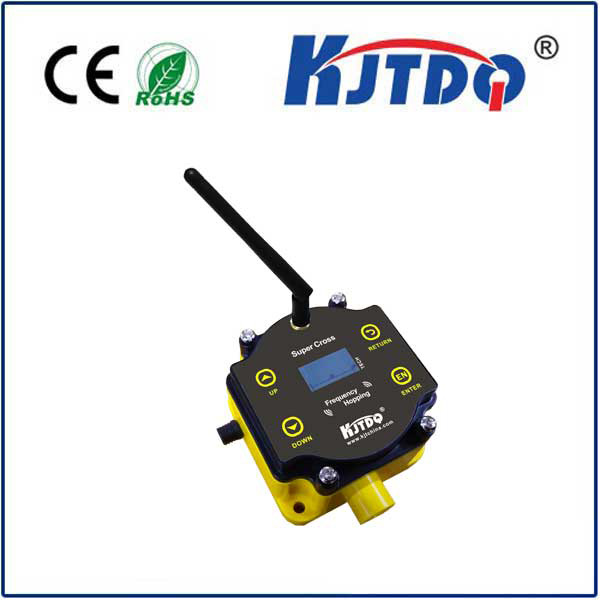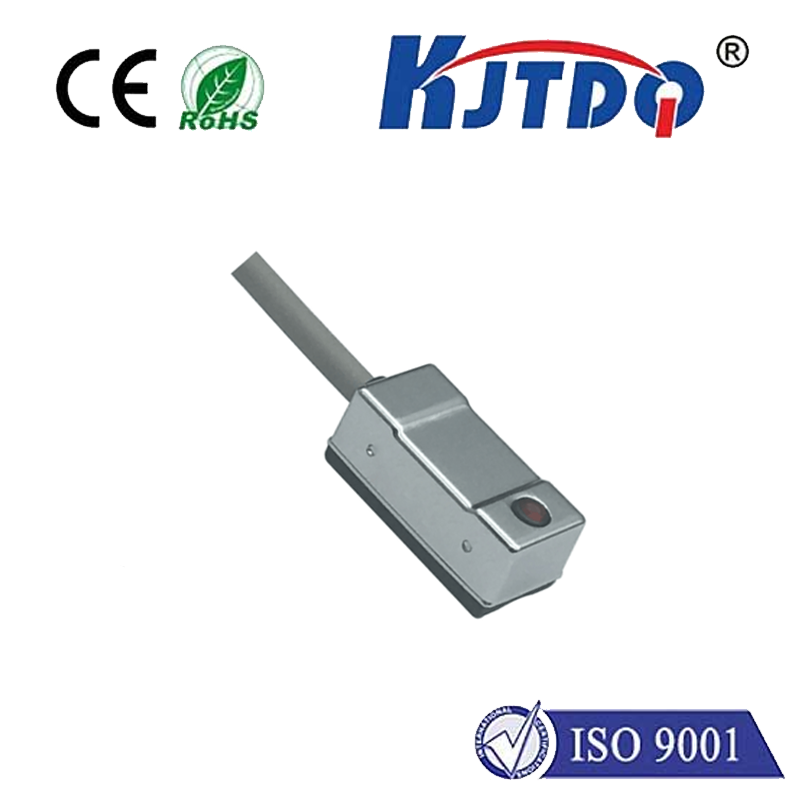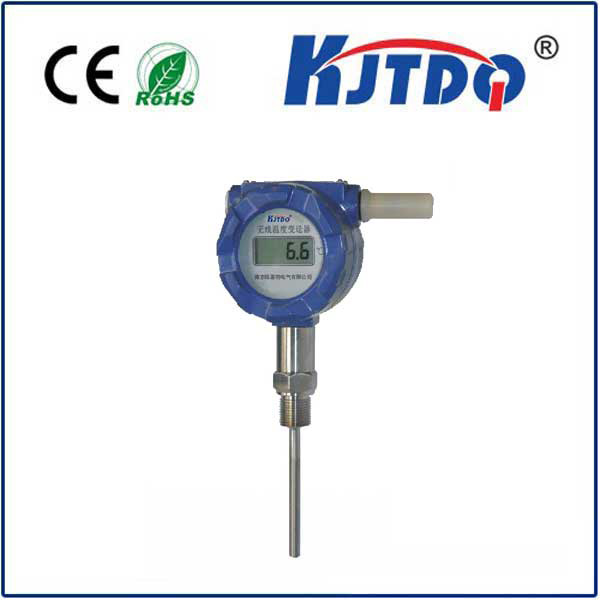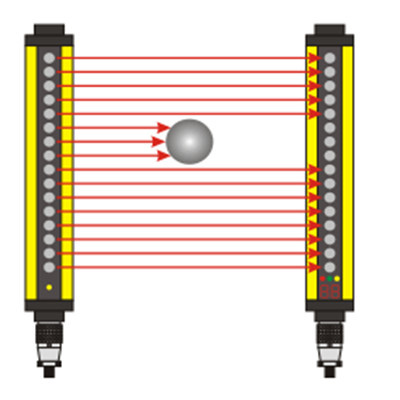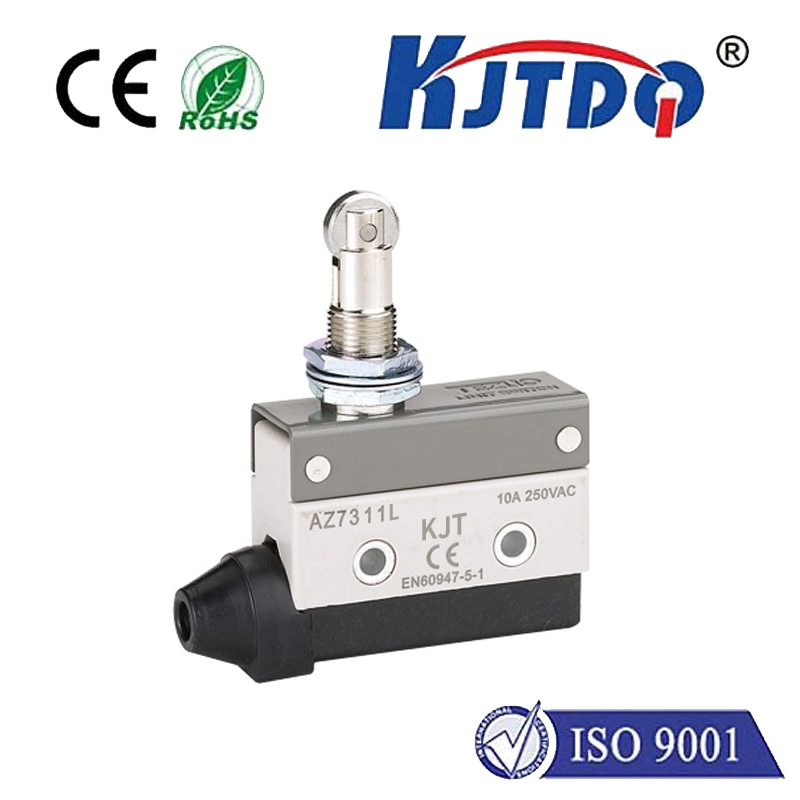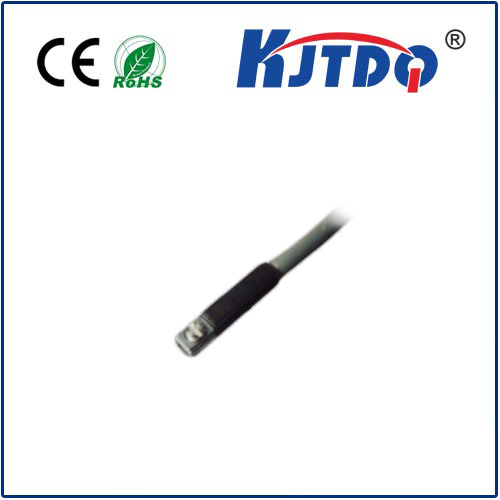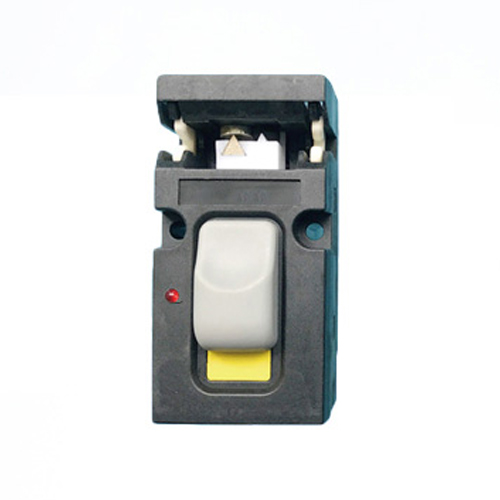

check

check

check

check

check

check

check

check

check

check
Imagine controlling a robotic hand with just a thought, or having your fitness tracker truly understand muscle fatigue, not just heart rate. This isn’t science fiction; it’s the world made possible by Electromyography (EMG) sensors. These remarkable devices act as sophisticated listeners, tuned into the subtle electrical symphony generated by our muscles every time we move, twitch, or even think about moving. By translating these biological signals into data we can understand, EMG technology is revolutionizing fields from cutting-edge medicine to interactive gaming and beyond.
At its core, EMG measures the electrical activity produced by skeletal muscles. When your brain signals a muscle fiber to contract, it triggers a complex biochemical process. This process involves ions like sodium and potassium moving across muscle cell membranes, creating tiny electrical discharges called motor unit action potentials (MUAPs). An EMG sensor, functioning essentially as a highly sensitive bioelectric microphone, detects the sum of this electrical activity occurring beneath the skin.
There are two primary methods for capturing EMG signals, each suited to different applications:

The journey from muscle twitch to meaningful data involves sophisticated signal processing. The raw signals picked up by EMG electrodes are incredibly faint, typically in the microvolt (µV) range, and easily obscured by electrical noise from the environment (like power lines) or other biological sources (like the heart - ECG). Here’s a simplified look at the process:
The applications for EMG sensors are vast and constantly expanding:
Despite their power, EMG sensors face challenges. Signal quality is paramount and can be affected by factors like electrode placement consistency, skin preparation (oils, sweat), subcutaneous fat thickness (attenuating the signal), and cross-talk (signals from nearby muscles contaminating the target reading). Interpreting EMG data also requires expertise; the signal is complex and correlates with, but is not a direct 1:1 measure of, actual muscle force. Calibration is difficult, and individual anatomical variations mean signals can differ significantly between people.
Looking ahead, the future of EMG technology is incredibly promising. Advances in miniaturization, low-power electronics, and sophisticated AI-driven signal processing algorithms are making EMG sensors smaller, more comfortable, more accurate, and easier to use. Integration with other sensing modalities (like inertial measurement units - IMUs) provides a richer picture of movement. Wireless and wearable EMG systems are becoming more robust and accessible, paving the way for continuous health monitoring outside the lab or clinic. Research into high-density EMG (HD-EMG), using electrode arrays, offers unprecedented detail in muscle activation mapping. Brain-computer interfaces (BCIs) often incorporate EMG as part of a multimodal approach to decode movement intention, especially when combined with EEG.
From enabling life-changing prosthetics to optimizing athletic performance and creating novel ways to interact with technology, EMG sensors provide a unique and invaluable window into the electrical language of our muscles. As the technology continues to evolve, becoming more integrated, intelligent, and user-friendly, its potential to enhance human health, understanding, and interaction is truly limitless. The silent conversation happening within our bodies is finally being heard loud and clear.
